All the gold in the world
Gold, element 79 named Au
The element 79, gold is a precious metal unalterable very popular since the dawn of time. Pure gold is a noble metal, the most malleable and ductile metal known, it is both dense and soft.
The amount of gold extracted by man is estimated in late 2008 to 163 kilotons, a small cube of about twenty meters.
In 2010, gold reserves were estimated at 51 kilotons. China stands in the foreground with 13.8% of world production in 2010, followed by Australia with 10.2%, United States, 9.2%, Russia 7.6%, Africa South, 7.6% and Peru 6.8%.
Where does the gold of the earth?
Gold is produced in stars like all the elements of matter found on Earth. Stars are nuclear reactors whose fuel will change during its life cycle. When the runaway nuclear reaction, the heart of the star contracts it, the temperature rises and the nuclear reactions restart with a new fuel.
Thus the life of a star is a series of gravitational contraction and nuclear fuel cycles.
Hydrogen is the most abundant element in the known universe, in fact, it represents 75% of the total mass and 92% of all the atoms of matter. This is the main constituent of stars, gaseous planets, nebulae and interstellar gas.
Every second, stars convert millions of tons of hydrogen (H) into energy through nuclear fusion that combines hydrogen nuclei to form helium nuclei (He).
The star then burns slowly, so efficient and it takes billions of years.
Helium is the second constituent of the universe.
When they burned all their hydrogen reserves, stars collapse, increasing internal temperature, and continue their combustion by converting helium into carbon (C), at this stage it is called 'flash of 'Helium'.
Then, the carbon is transformed into nitrogen (N), nitrogen, into oxygen (O). The oxygen into silicon (Si).
The evidence produced in a combustion cycle are used as fuel in the next cycle.
As to the combustion cycles are becoming shorter as the fuel becomes less and less energy.
These are the most massive stars that are making all chemical elements up to number 26, that ie, iron (Fe).
Then they will grow, exhaust the gas in their nuclei and the upper layers are cool.
This sequence will cause an explosion in the upper layers, and their projection in interstellar space. Thus we find in the nebulae, the first elements up to iron.
And gold?
Appear to see the gold, it will take a cataclysmic cosmic event, a massive explosion, that of a supernova.
A supernova appears as a new star to the Earth, hence the name, nova.
But in fact the explosion of the massive star, leads to total destruction. It was during the supernova explosion the star releases the chemical elements, which it summarized in its life and during the explosion itself. This cosmic event occurs only for stars much larger than our Sun, from 1.5 to 5 times its mass.
The violent death throes of the star causes an explosive collapse terrible. Its radius shrinks to 10 km, the final density is enormous, the nuclei of elements can not resist and heart explodes, throwing the upper layers of the star into space. It will appear as well as other heavier elements beyond element 26 (iron), such as cobalt, nickel, copper, zinc, gallium,...
And gold?
Above 5 times the mass of the Sun, the collapse of the star is even more violent. The nuclear reaction can not be stopped.
The heart of the star becomes a black hole.
As in the previous case a gigantic explosion, will project the upper layers of the star in space, hundreds of billions of miles, seeding the interstellar medium even heavier elements such as platinum, gold, mercury, lead, uranium, plutonium...
These heavy elements are distributed in very small quantities, in the nebulae of gas and dust.
Other cosmic events cause the creation of heavy elements like gold, especially the collision or merging of two neutron stars.
All of these will be found in the solar system and therefore in the planets. It is in the core of the Earth has the highest gold, billions of tons, but gold is scarce in the crust, still we find "a lot" and is well distributed on the surface of the Earth.
The distribution of gold on Earth would be 0.004 mg of gold per cubic meter of material.
Studies show that the concentration of gold in the Earth's crust is between one hundred and a thousand times too high compared to the original nebula.
A simulation conducted in 2011 has helped to explain the abundance of gold on the surface.
The gold found on the surface of the Earth, come from the late great bombardment, which took place there are 3.8 billion years, at a time when billions of meteorites bombarded Earth.
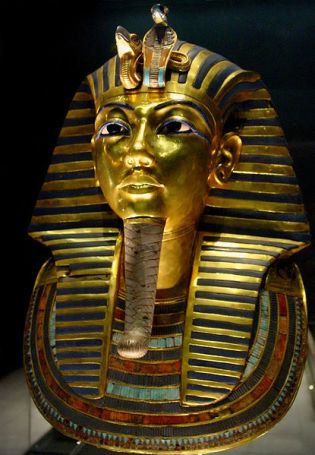
Image: Gold is produced in the supernova, like all heavy chemical elements found on Earth. Above, the image of the gold mask of Tutankhamun, pharaoh of the 18th Dynasty (14 century BC. JC).
NB: The shock wave from the supernova favors the formation of new stars, accelerating the contraction of regions of gas and dust in the interstellar medium.
The novae, unlike supernovae come from thermonuclear explosions, causing a partial destruction of the star by expelling part of its surface into interstellar space. Our sun will not end its life as a supernova but much quieter, as a yellow dwarf.
"The data available on this site may be used provided that the source is duly acknowledged."



 The Pentaquark: A New Piece of the Cosmic Puzzle!
The Pentaquark: A New Piece of the Cosmic Puzzle! Why are Rare Gases rare?
Why are Rare Gases rare?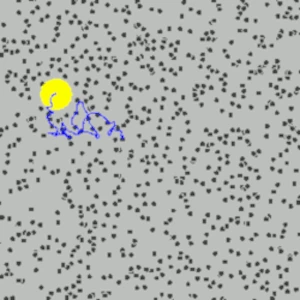 Brownian Motion: A Link Between Two Worlds
Brownian Motion: A Link Between Two Worlds The 4 Articles of
Albert Einstein from 1905
The 4 Articles of
Albert Einstein from 1905 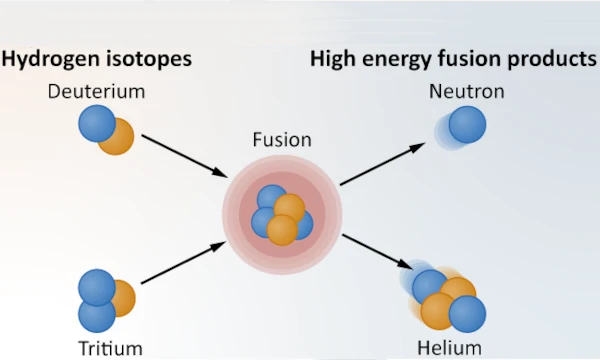 Why does nuclear fusion require so much energy?
Why does nuclear fusion require so much energy? 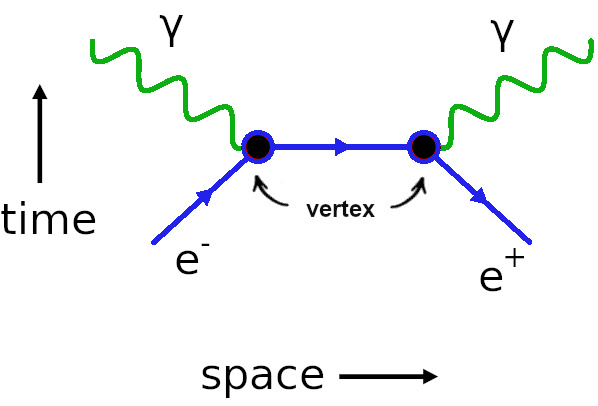 Feynman diagrams and particle physics
Feynman diagrams and particle physics  Stars cannot create elements
heavier than iron because of the nuclear instability barrier
Stars cannot create elements
heavier than iron because of the nuclear instability barrier 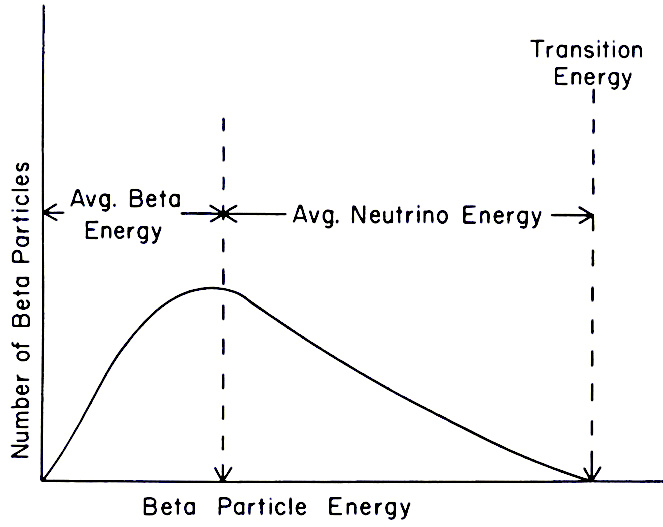 What is β radioactivity?
What is β radioactivity? 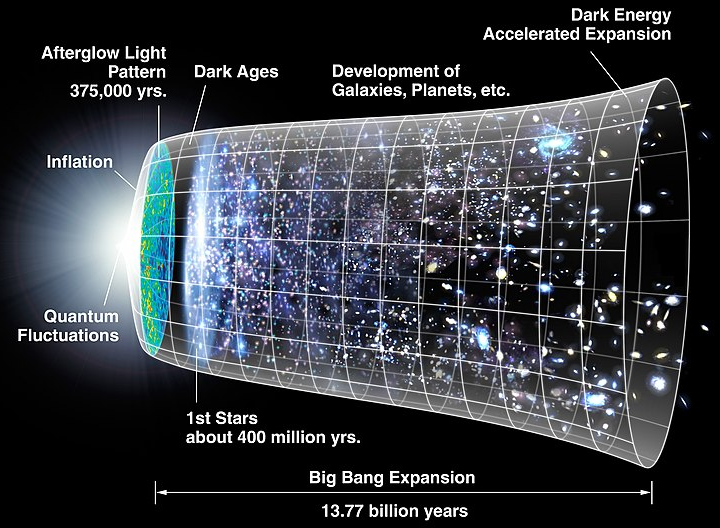 Planck wall theory
Planck wall theory  Is emptiness really empty?
Is emptiness really empty?  The Large Hadron Collider
The Large Hadron Collider 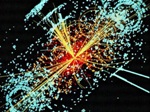 The hadron is not a fixed object
The hadron is not a fixed object 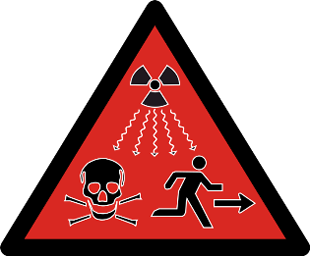 Radioactivity, natural and artificial
Radioactivity, natural and artificial  The scale of nanoparticles
The scale of nanoparticles  Schrodinger's Cat
Schrodinger's Cat  Before the big bang the multiverse
Before the big bang the multiverse  Eternal inflation
Eternal inflation  Gravitational waves
Gravitational waves  Principle of
absorption and emission of a photon
Principle of
absorption and emission of a photon  Beyond our senses
Beyond our senses 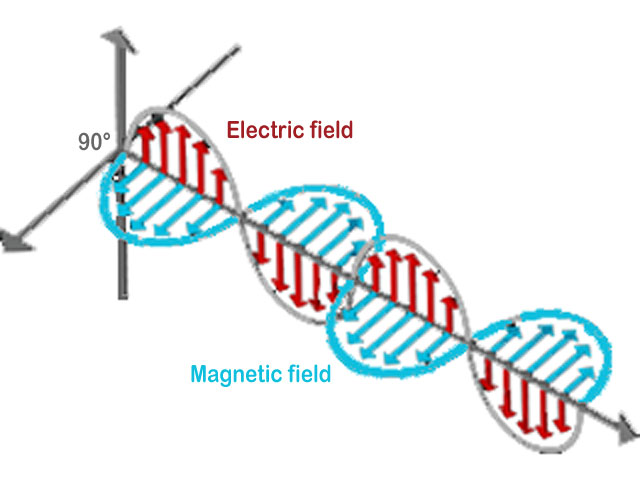 What is a wave?
What is a wave?  The fields of reality: what is a field?
The fields of reality: what is a field?
 Space in time
Space in time 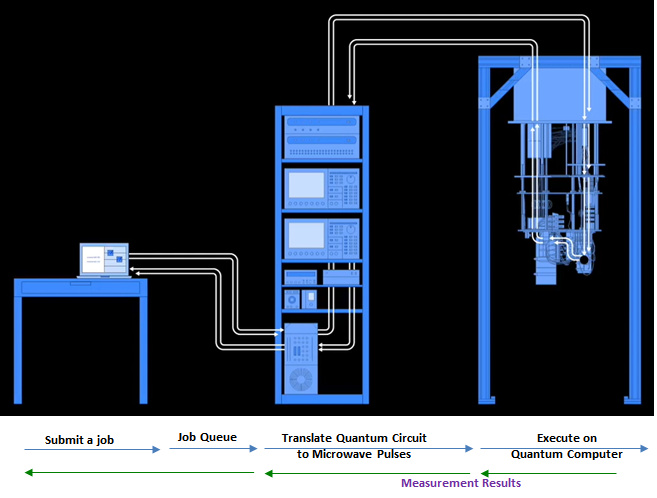 Quantum computers
Quantum computers  Bose-Einstein condensate
Bose-Einstein condensate  Equation of Newton's three laws
Equation of Newton's three laws  Field concept in physics
Field concept in physics 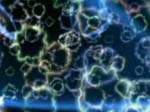 The electron, a kind of electrical point
The electron, a kind of electrical point  Entropy and disorder
Entropy and disorder 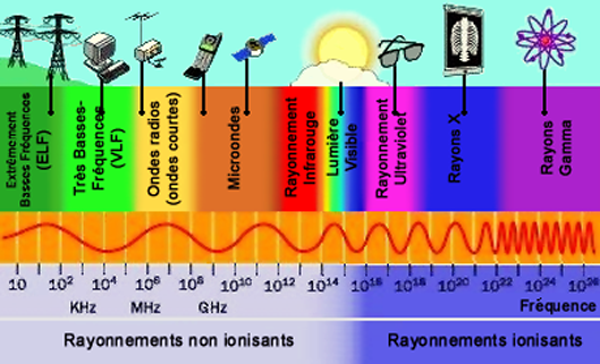 Light, all the light of the spectrum
Light, all the light of the spectrum 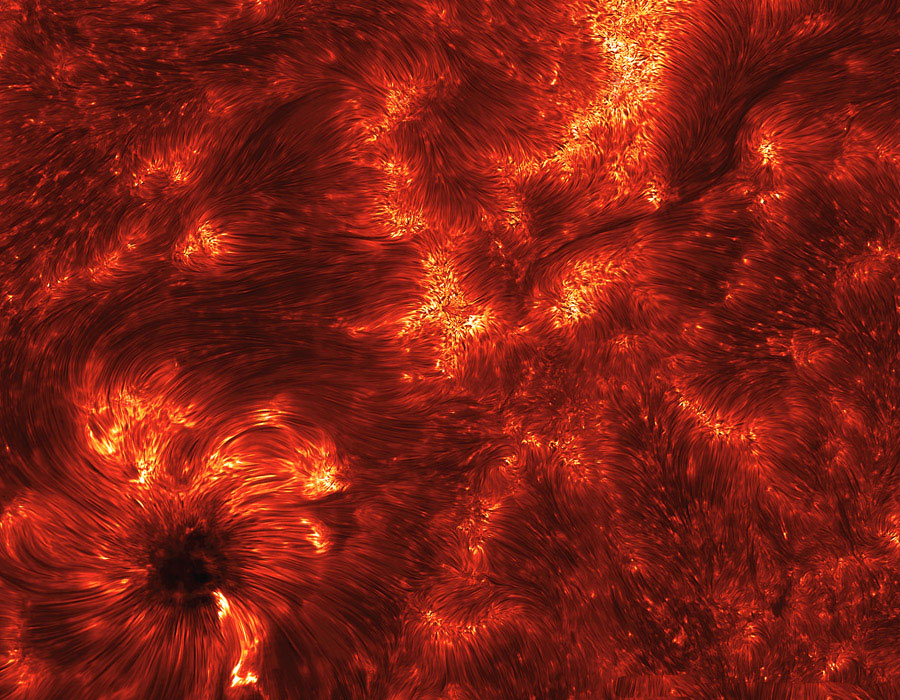 The infernal journey of the photon
The infernal journey of the photon 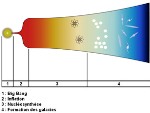 Mystery of the Big Bang, the problem of the horizon
Mystery of the Big Bang, the problem of the horizon
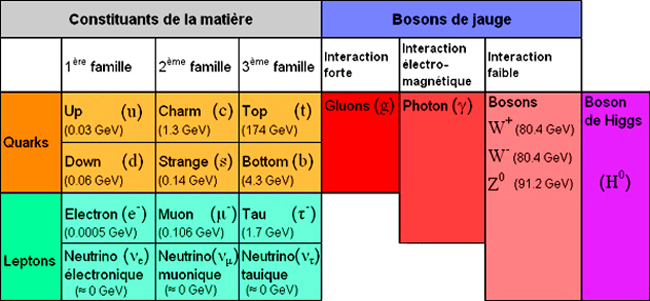 The neutrino and beta radioactivity
The neutrino and beta radioactivity 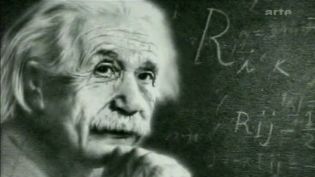 Einstein's space time
Einstein's space time  The incredible precision of the second
The incredible precision of the second 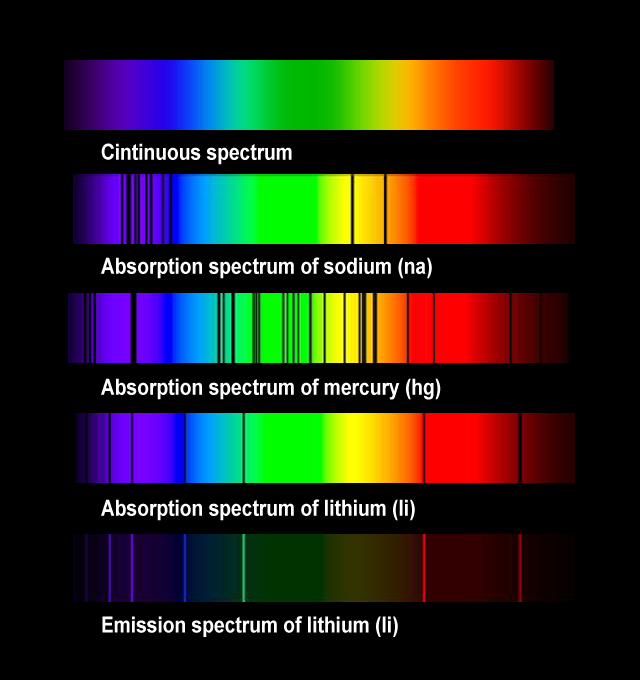 Why does physics have constants?
Why does physics have constants?  Spectroscopy, an inexhaustible
source of information
Spectroscopy, an inexhaustible
source of information 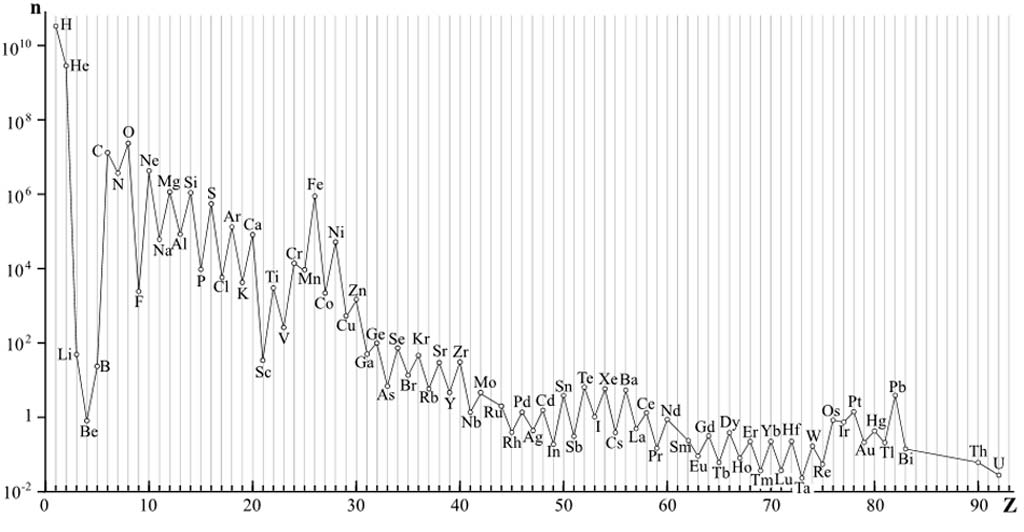 Abundance of chemical elements in the
universe
Abundance of chemical elements in the
universe  Effects of light aberration
Effects of light aberration 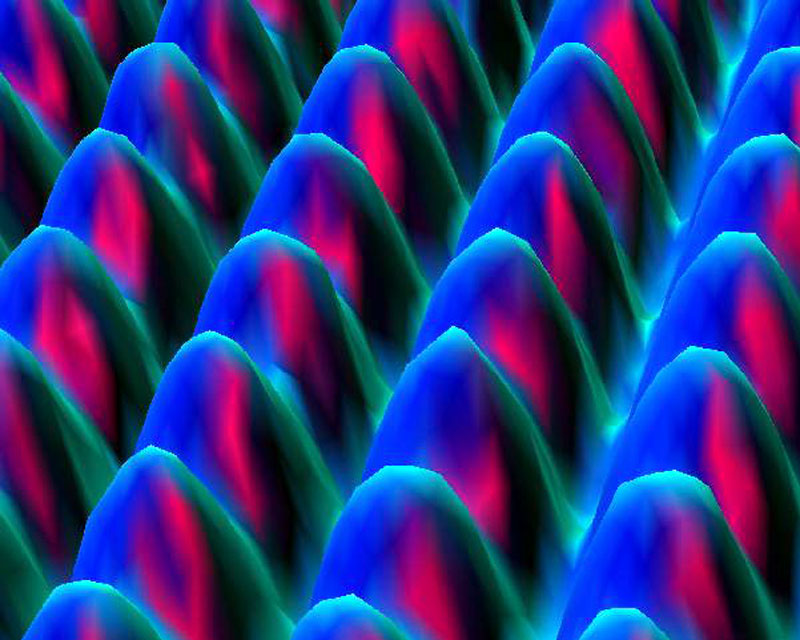 The size of atoms
The size of atoms 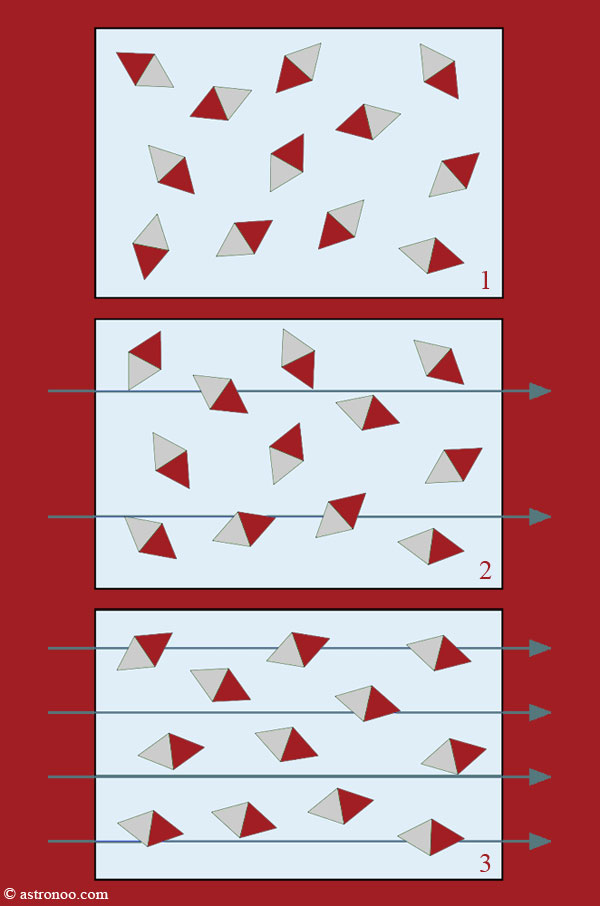 The magnetic order and magnetization
The magnetic order and magnetization  The quark confinement
The quark confinement 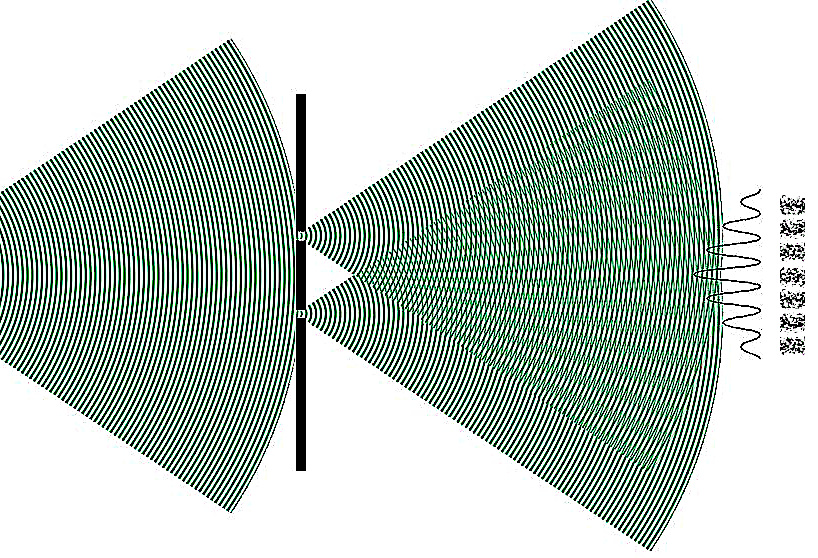 Superpositions of quantum states
Superpositions of quantum states  Alpha decay (α)
Alpha decay (α)  Electromagnetic induction equation
Electromagnetic induction equation
 Nuclear fusion, natural energy source
Nuclear fusion, natural energy source  Does dark matter exist?
Does dark matter exist?  Non-baryonic matter
Non-baryonic matter  The mystery of the structure of the atom
The mystery of the structure of the atom
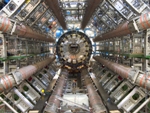 The mystery of matter, where mass comes from
The mystery of matter, where mass comes from 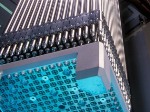 Nuclear energy and uranium
Nuclear energy and uranium 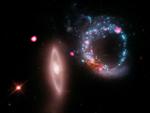 The Universe of X-rays
The Universe of X-rays  How many photons to heat a coffee?
How many photons to heat a coffee? 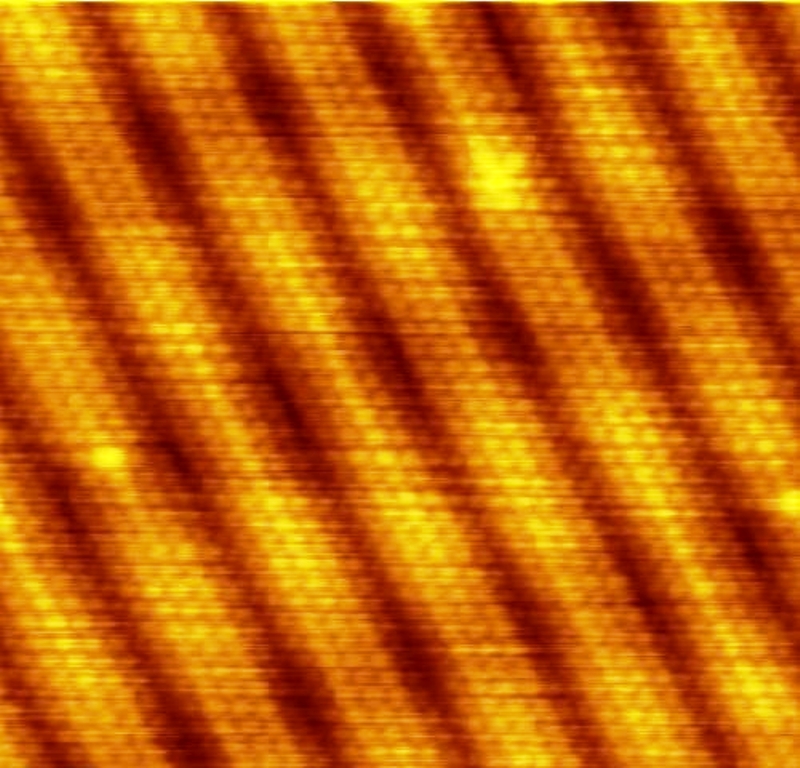 Image of gold atom, scanning tunneling microscope
Image of gold atom, scanning tunneling microscope 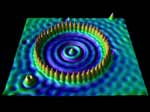 Quantum tunneling of quantum mechanics
Quantum tunneling of quantum mechanics  Entropy and its effects, the passage of time
Entropy and its effects, the passage of time  The 12 particles of matter
The 12 particles of matter  The atomic orbital or image atom
The atomic orbital or image atom  Earth's radioactivity
Earth's radioactivity 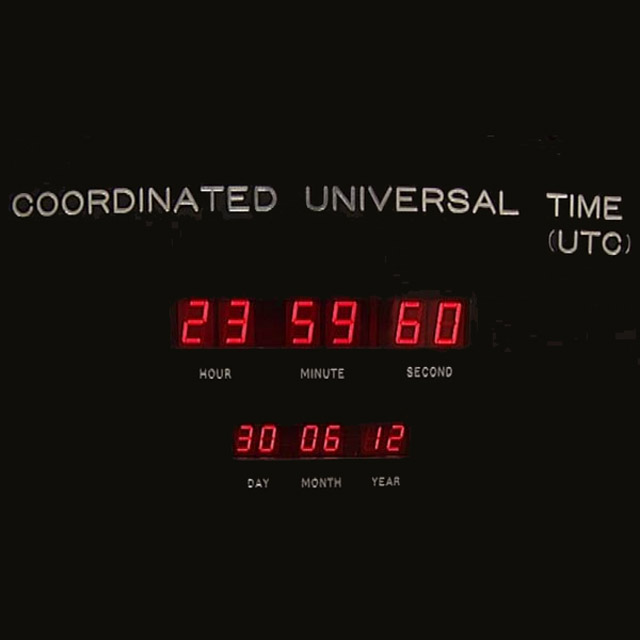 The Leap Second
The Leap Second 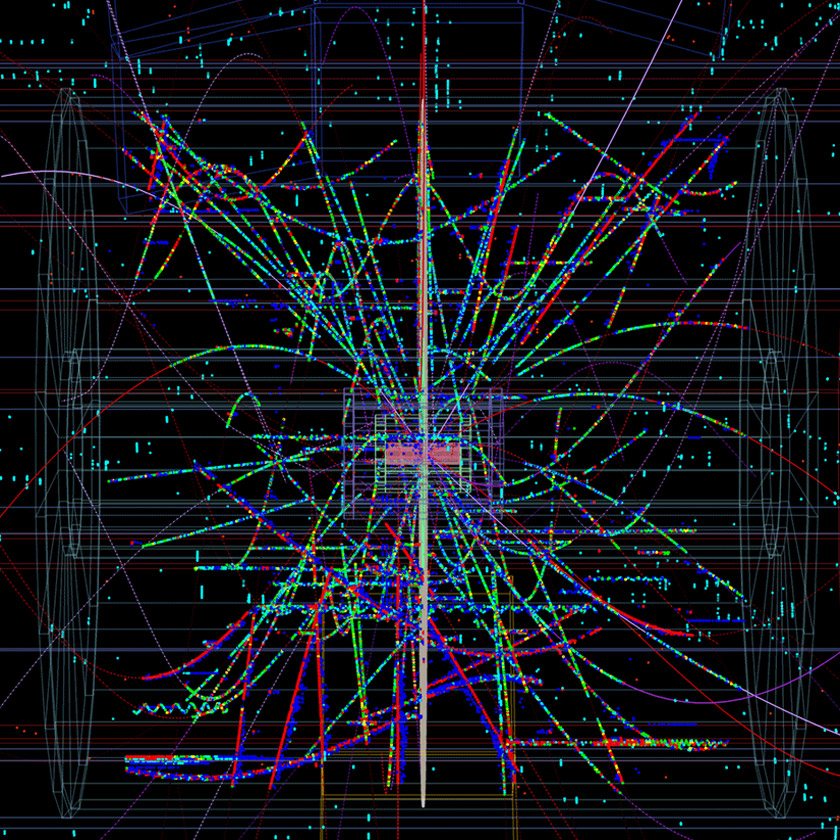 The vacuum has considerable energy
The vacuum has considerable energy 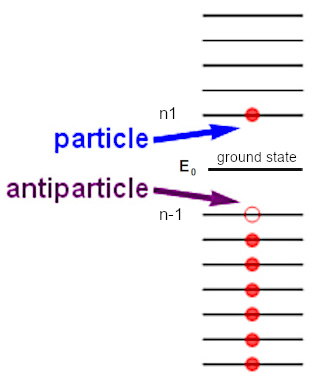 Antimatter and antiparticle
Antimatter and antiparticle 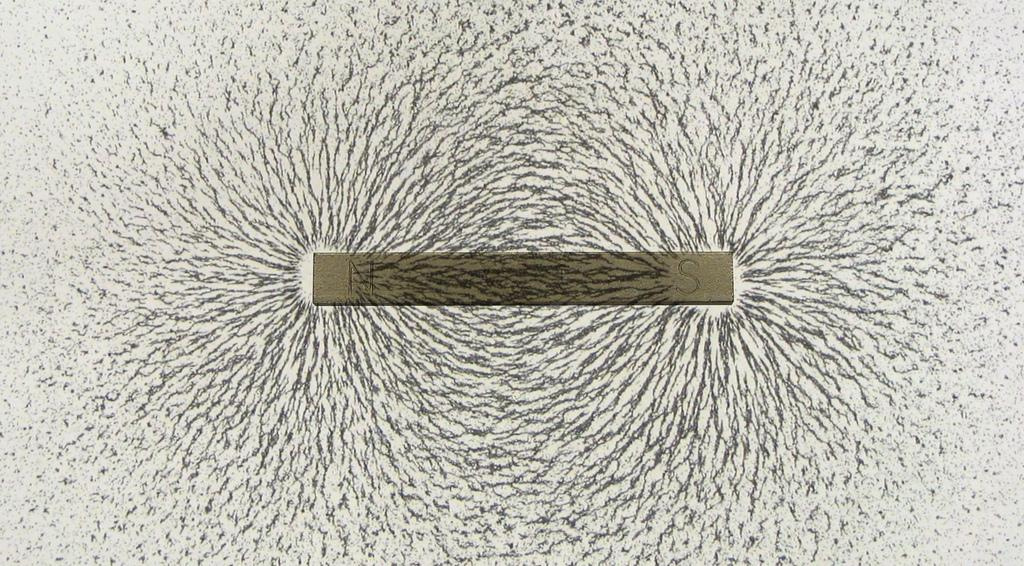 What is an electric charge?
What is an electric charge? 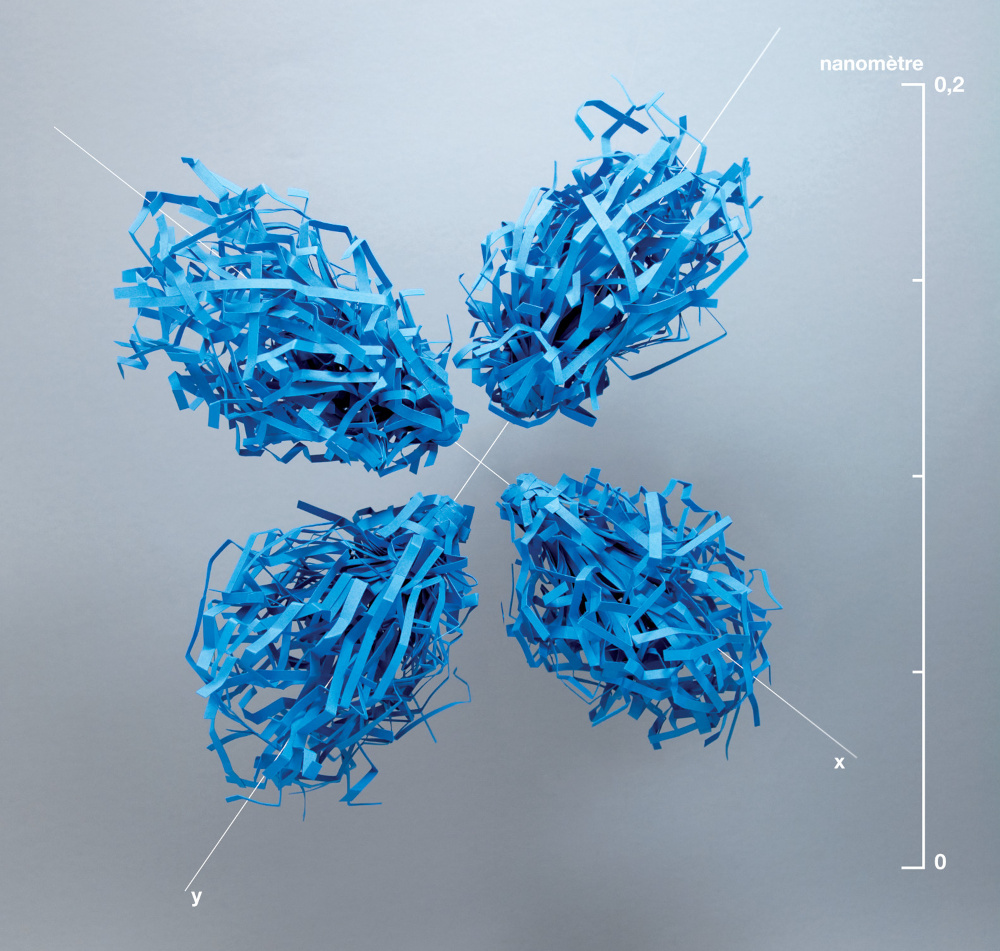 Our matter is not quantum!
Our matter is not quantum!  Why use hydrogen in the fuel cell?
Why use hydrogen in the fuel cell? 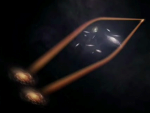 The secrets of gravity
The secrets of gravity  E=mc2 explains the mass of the proton
E=mc2 explains the mass of the proton  Image of gravity since Albert Einstein
Image of gravity since Albert Einstein  Einstein's miraculous year: 1905
Einstein's miraculous year: 1905 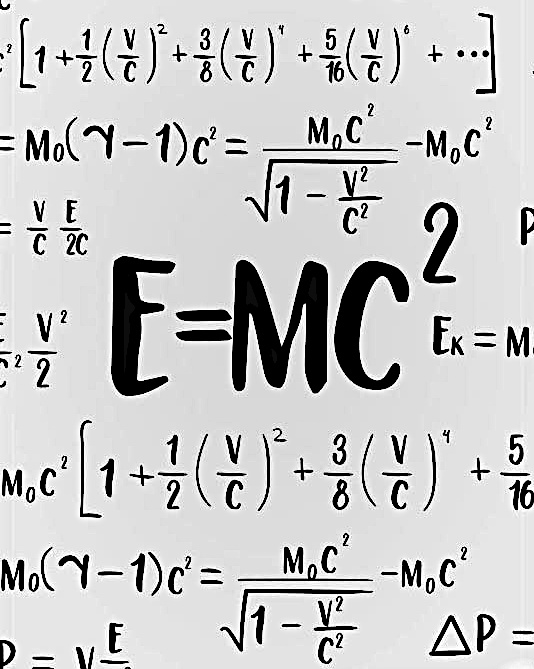 What does the equation
E=mc2 really mean?
What does the equation
E=mc2 really mean?  Special relativity and space and time
Special relativity and space and time